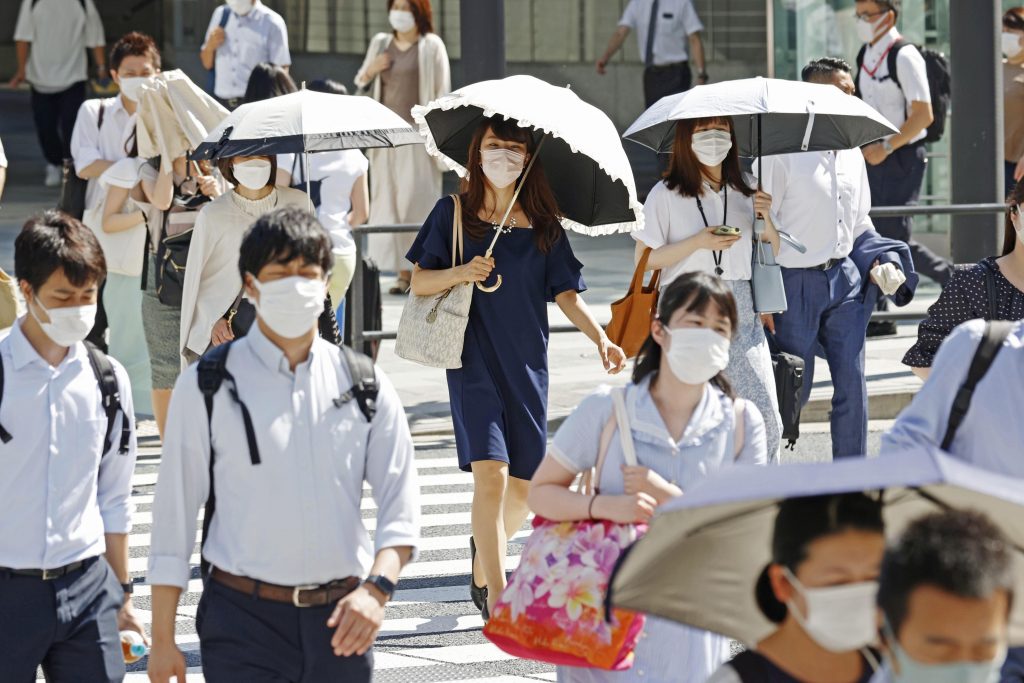
- ARAB NEWS
- 02 Aug 2025

TOKYO: The BA.5 omicron coronavirus variant, which is behind a recent surge in COVID-19 cases in Japan, is expected to replace the Ba.2 variant as the dominant strain in the country by the end of July.
Health ministry and other officials are on high guard because BA.5 is believed to be more infectious than BA.2 and to more easily evade immunity acquired by vaccination.
The BA.5 variant, detected in South Africa in February, was confirmed in Japan for the first time in May, at airport quarantine.
One of BA.5’s characteristics is high infectiousness. British health authorities said that BA.5 is likely to be spreading 35 pct faster than BA.2.
With BA.5 replacing BA.2 globally, the World Health Organization said Wednesday that the number of new COVID-19 cases worldwide rose nearly 30 pct in the past two weeks.
Japan’s National Institute of Infectious Diseases estimates that the share of BA.5 infections among new coronavirus cases in the country will rise from 24 pct in the first week of July to more than half in late July and reach nearly 100 pct by the end of the month.
In Tokyo, about one-third of weekly new cases in late June were suspected BA.5 infections, according to the Tokyo metropolitan government.
BA.5 is also believed to more easily evade immunity acquired by vaccination or infection. Data show that neutralizing antibodies in vaccinated or infected people are 1.6 to 4.3 times less active with variants including BA.5 than with BA.2.
But there apparently have been no reports showing an increased risk of developing severe symptoms from the BA.5 variant.
A team of coronavirus experts at the health ministry said BA.5 could be the dominant strain in Japan and contribute to a rise in infection cases.
The team called for continuing the promotion of vaccinations, use of masks and indoor ventilation, saying that there will be more in-person contact in summer.
JIJI Press